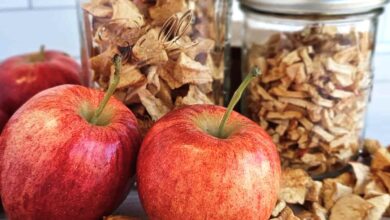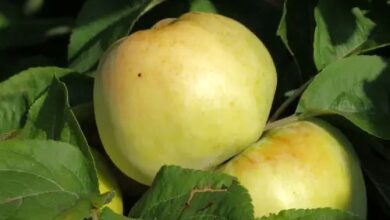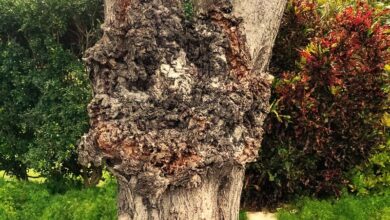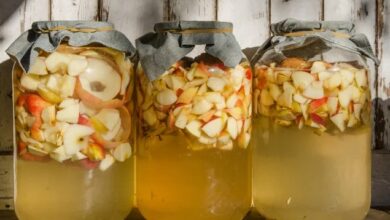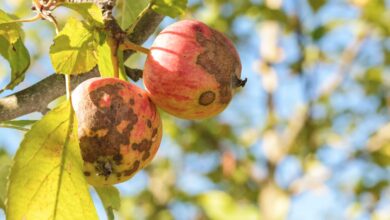
The well-liked Japanese apple variety Akane is distinguished by its early ripening, crisp flavor, and resistance to disease. It is also very attractive and resistant to cold. This is the apple to choose if you want a cultivar that can resist disease and prolong the harvest season. Learn more about the growing requirements and maintenance of Akane apples by reading on.
How Long Do Akane Apples Keep?
The Morika Experimental Station created akane apples, a hybrid of Jonathan and Worcester Pearmain, in the first half of the 20th century. They are indigenous to Japan. In 1937, they were brought to the United States.
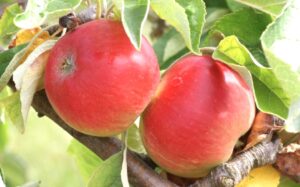
The mature height of akane trees ranges from 8 to 16 feet (2.5 to 5 meters), although they are typically grown on dwarf rootstocks. Their fruits have some green to brown russeting, but they are mostly red. They have a lovely round to conical shape and are medium in size. The inside meat has a pleasant sweetness and is white, crisp, and fresh. It’s better to eat apples raw rather than cooked. They don’t keep well, and if it gets too hot outside, the flesh may become mushy.
Akane Apple Growing Instructions
Apples of the Akane variety are comparatively rewarding to grow. The trees have a moderate resistance to common apple diseases like cedar apple rust, fire blight, and powdery mildew. Additionally, they have a high resistance to apple scab.
Numerous climates are suitable for the trees’ growth. Although they can withstand temperatures as low as -30 F (-34 C), they also flourish in warm climates. Akane apple trees typically produce fruit in three years. They are prized for their early harvest and ripening, which usually takes place in late summer.

